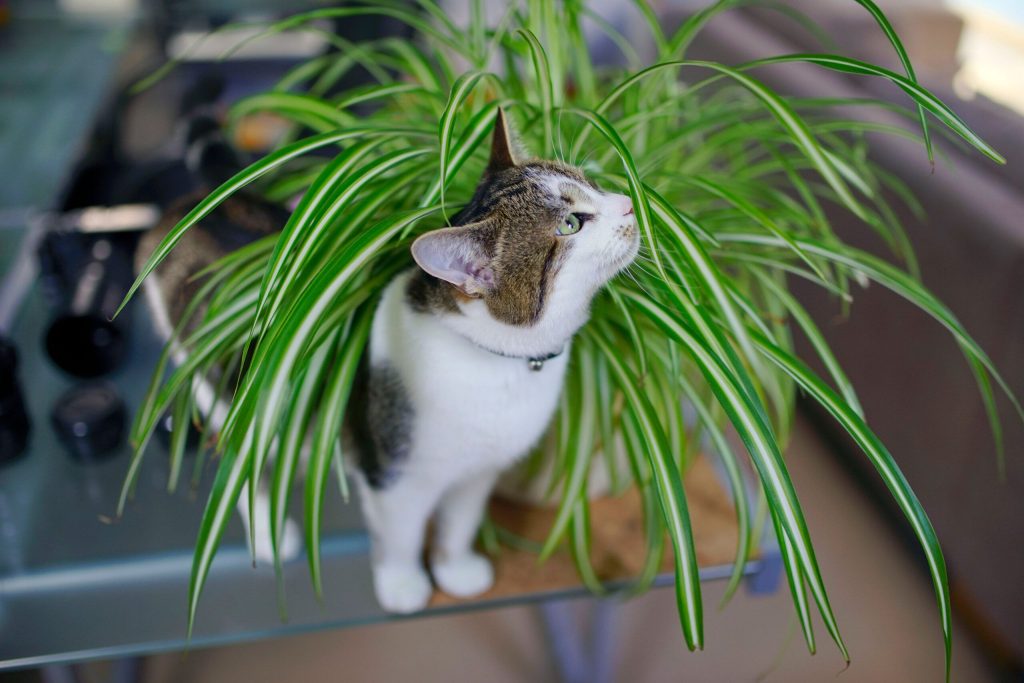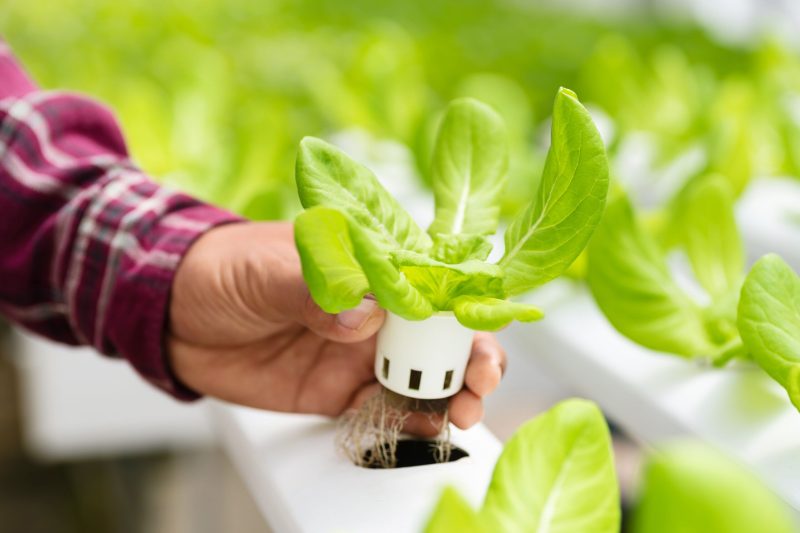8 Beautiful Pet-Safe Houseplants

Both pets and plants can bring joy to our homes, but they don’t always go well together. To maintain a beautiful and pet-friendly indoor garden, it is essential to select non-toxic plants that won’t compromise the well-being of your furry friends.
This guide will share eight pet-safe houseplants that not only enhance your home’s decor but also keep your beloved animals out of harm’s way.
Our Favorite Pet-Friendly Houseplants
Many common indoor plants contain toxins that can be harmful to animals. These can lead to symptoms such as vomiting, diarrhea, and even severe health issues like organ failure. For example, plants like Dieffenbachia (a common tropical houseplant) and oleander contain compounds that can cause significant discomfort or poisoning in pets.
Choosing pet-friendly plants helps prevent these risks, ensuring a safe environment where your plants and pets coexist. The following eight plants are pet-safe and easy to care for, making them perfect for novice and experienced plant enthusiasts.
Spider Plant (Chlorophytum comosum)
The spider plant is a pet-friendly, low-maintenance houseplant known for its graceful, arching leaves and ability to thrive in various lighting conditions. Native to tropical and southern Africa, this resilient plant also helps purify the air, making it a popular choice for pet owners looking to add greenery to their home without worrying about their furry friends.
To care for your spider plant, fertilize it twice a month during spring and summer. Maintain moderate humidity levels and water when the top inch of soil feels dry. Repot the plant annually to prevent overcrowding and support continued growth.
Christmas Cactus (Schlumbergera bridgesti)
The Christmas cactus is a festive and pet-safe option that adds a splash of color to your home during the holiday season. Despite its name, this plant is not a true cactus but a tropical succulent native to the Brazilian rainforest. Its unique segmented stems and vibrant blooms make it a standout addition to any indoor plant collection.
During the blooming season, the Christmas cactus needs 12–14 hours of darkness daily and must be maintained in temperatures around 60–70 degrees Fahrenheit (15–21 degrees Celsius). Mist daily to increase humidity and place the plant in bright, indirect light. Water sparingly, allowing the soil to dry slightly between waterings.
African Violet (Saintpaulia)
African violets are charming, compact plants known for their soft, fuzzy leaves and colorful blooms in purple, pink, and white shades. They are particularly well-suited for smaller spaces, as they rarely grow larger than 6 inches in diameter. Their compact size makes them ideal for windowsills, desks, or small side tables.
To keep your African violets healthy and blooming, fertilize them monthly with a balanced, water-soluble fertilizer and maintain temperatures between 65–75 degrees Fahrenheit (18–24 degrees Celsius). Place the plants in a location with bright, filtered light and use a well-draining, peat-based potting mix. Water from the bottom to avoid leaf damage and promote optimal growth.
Boston Fern (Nephrolepis exaltata)
The Boston fern features lush, feathery fronds that enhance indoor air quality by removing toxins like formaldehyde and xylene. Ideal for high-humidity areas such as bathrooms or kitchens, it adapts to lower light conditions and fits well with various decor styles.
For optimal care, place the fern in indirect light, avoiding direct sunlight. Maintain high humidity through misting or a pebble tray. Keep the soil consistently moist but not waterlogged, and fertilize monthly during the growing season. Regular pruning of yellowing or damaged fronds promotes healthy growth.
Banana Plant (Musa oriana)
The banana plant adds a tropical flair to indoor spaces while being safe for pets. Although indoor banana plants rarely produce fruit, they provide a dramatic aesthetic that can transform your living area. These plants can grow quite large, so make sure you have ample space as they mature. Their impressive size makes them ideal for living rooms or sunrooms, and their lush leaves enhance the natural feel of the indoor environment.
Provide bright, indirect light for at least six hours daily to keep your banana plant healthy indoors. Use a well-draining, nutrient-rich potting mix and keep the soil consistently moist. Maintain high humidity levels through misting or a humidifier, and fertilize monthly during the growing season with a balanced fertilizer.
Bromeliad (Bromeliaceae)
Bromeliads are exotic plants that bring color and unique texture to indoor gardens. These plants come in various shapes and sizes, with many featuring vibrant, long-lasting blooms. Their air-purifying qualities add functionality to their beauty, making them a great addition to your home. Their ease of care makes them suitable for busy households.
To keep your bromeliad healthy, make sure it gets bright, indirect light and use a well-draining potting mix designed for epiphytes. Water it by filling the central “cup” of the plant, and remember to change the water regularly. Keep the temperature between 60–80 degrees Fahrenheit (15–27 degrees Celsius) and fertilize sparingly with a diluted, balanced fertilizer once a month.
Ponytail Palm (Beaucarnea recurvata)
This pet-friendly succulent has a rounded base and long, narrow leaves that cascade like a ponytail. It’s a distinctive plant that can add a special touch to modern and eclectic home decor. Ponytail palms are ideal for pet owners who often forget to water their plants, as they can go for long periods without water. They grow slowly and can remain in the same pot for many years with very little maintenance.
Keep your ponytail palm in a bright location with some direct sunlight, and use a well-draining cactus or succulent potting mix. Water sparingly, allowing the soil to dry out between waterings and fertilize lightly during the growing season. Protect the plant from cold drafts and temperatures below 50 degrees Fahrenheit (10 degrees Celsius).
Orchid (Phalaenopsis blume)
Orchids, especially the phalaenopsis or moth orchid, are known for their long-lasting blooms and range of colors, from classic whites and pinks to vibrant purples and yellows. Their long-blooming nature means you can enjoy their beauty for extended periods throughout the year.
To successfully grow orchids indoors, provide them with bright, indirect light and avoid direct sunlight. Use a specialized orchid potting mix to provide proper air circulation and water thoroughly when the potting medium feels dry, allowing excess water to drain. Maintain humidity levels between 50-70% and fertilize weekly with a diluted, balanced orchid fertilizer during the growing season.
Our Conclusion
While choosing the right plants goes a long way, you can also consider placing plants out of their reach or using hanging planters to further protect your furry friends. Always monitor your pets and consult your veterinarian if you suspect any plant-related health issues.







